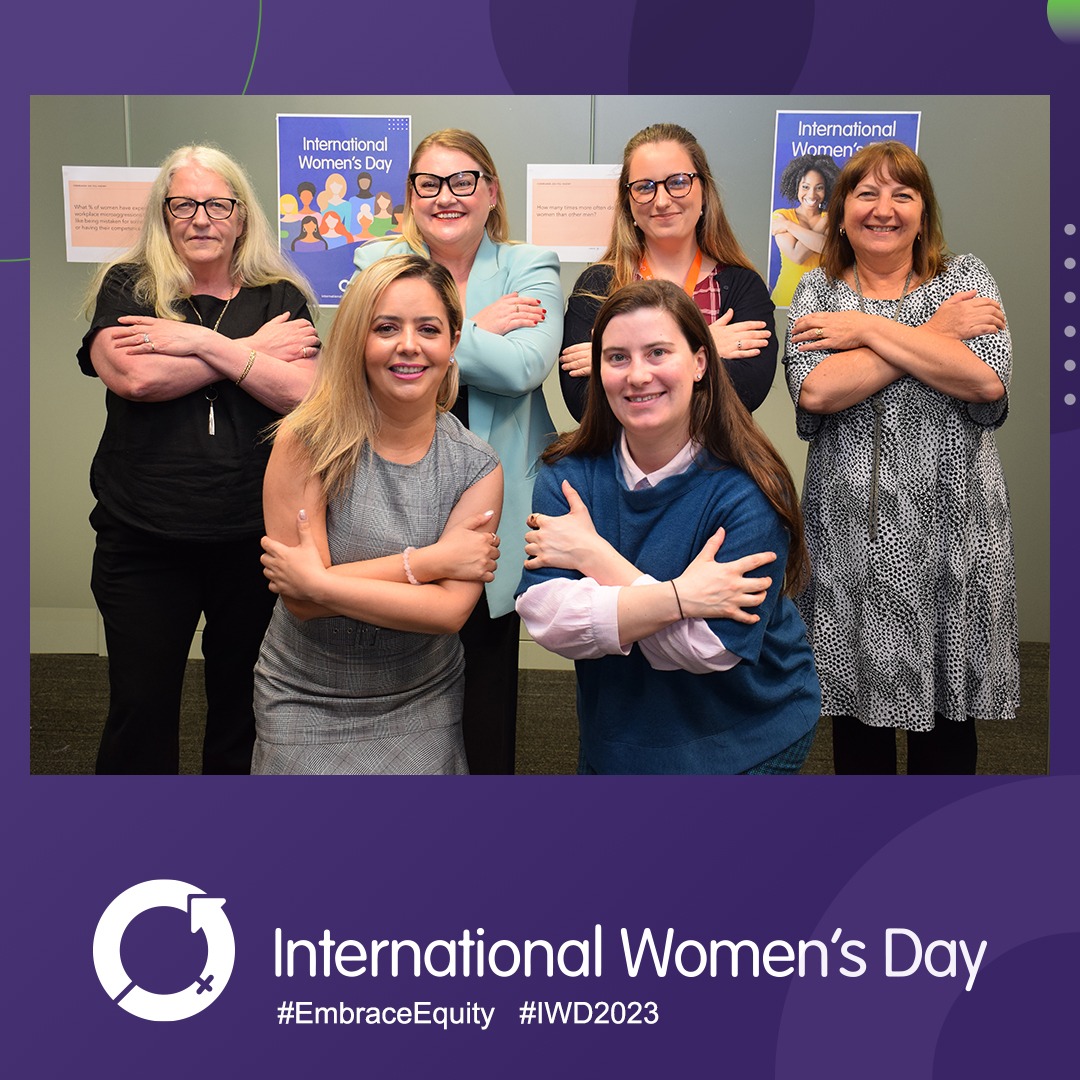Have you ever experienced a switch that turned on a light bulb moment, and then for that moment to restlessly buzz around your mind until it settles?
For me, that happened in early March when I explored the International Women’s Day website, and was able to reflect and reframe in a session we held at work on the theme #EmbraceEquity.
It made me think hard about what actions are needed in the workplace to bring about collective change. It was fascinating to learn that there are six common biases that women face at work:
- Likeability
- Attribution
- Performance
- Affinity
- Maternal
- Intersectionality
Celebrating International Women’s Day refreshed my awareness of the conscious and unconscious biases that are still perpetuated in our society.
There seems a subtle difference between the words equality and equity, but there’s a big difference in outcomes: equality means treating everyone the same; equity is about giving people what they need to be successful by addressing inequality.
Some of these are more obvious than others. For example, being a mother can be conflated with being less committed to your career, or subscribing to the general idea that women are more kind and communal rather than assertive and independent.
Of the biases that are less apparent, intersectionality stood out for me. This occurs when several biases are combined, compounding into an increased level of bias in all aspects of life. Research has shown that being a part of three minorities (which, by the way, isn’t restricted by gender) makes a person more likely to feel like they don’t belong anywhere.
This is why having a day to celebrate women and educate others – including men, gender diverse people and other women – helps everyone in society.
Our organisation had an #IWD morning tea, where our teams came together to question and discuss the idea of gender equality and equity. We took this opportunity to do a small quiz, and of the five questions we discussed, I’ll share two of these here:
How much more likely was a woman to get an interview if her resume pictured her with a face covering, compared to picturing her without a face covering?
This prompted an interesting discussion on past personal experiences amongst the team, where the affinity and likeability factors of the common biases played out. We questioned whether it’s valid to ask how a person wearing a face covering would fit into the culture of a team and agreed it’s important to take care not to make assumptions based on dress or appearance. Consensus was – always check whether unconscious bias is at play before making a decision.
Answer: It was three times more likely for someone to get an interview if they were pictured without a face covering.
What percentage of women have experienced workplace microaggressions (everyday sexism like being mistaken for someone more junior or having their competence questioned)?
It felt like the women in the room instantly recollected a moment that they had personally experienced microaggression. Women are often expected organise things around the office, make the tea, or answer the door. Gender stereotypes play a huge role – the performance and attribution factors. Women may not initially be recognised as the senior lead of a team. Attention is focussed on a women’s failings, rather than their accomplishments.
Answer: The figure, exceeding our expectations, was 73% of women have some experience with microaggressions.
Overall, I think everyone got a lot out of the event and came away with new things to consider and reflect upon. Creating an opportunity to learn and share experiences are always highly valued in our Group and furthering the idea of equity in the workplace is perennially an important one.
What would your One Action to address bias against women in the workplace be?
Other resources:
Official International Women’s Day Website
Video: An introduction to the common biases women experience by Lean In

